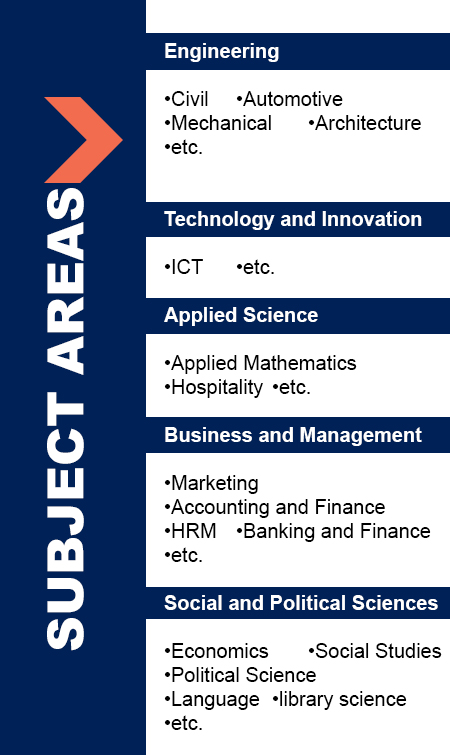A dynamic framework for managing the complexities of risks in megaprojects
DOI:
https://doi.org/10.47127/ijtmr.v1i5.38Abstract
The future of mega infrastructure projects is certain - there will be more risks to manage! The challenge is being met through research and innovation combining current approaches with new. This research adopted a dynamic approach through the combination of Analytical Network Process (ANP) and system dynamics (SD) as an innovative methodology known as SDANP to model complexity in megaprojects design and construction. We
communicate how the SDANP model could explore problems caused by Social, Technical, Economic,
Environmental and Political (STEEP) risks to construction cost, time and performance and provide insights that
lead to organizational learning. We proceed to exemplify by means of a real-life case project in the City of
Edinburgh and offer suggestions on what front-ended stakeholders could do to improve the management of risks in megaprojects. The results of the application showed that, when compared to traditional risks assessment methods, this SD model with integrated ANP revealed improvements in managing risks according to STEEP risks criteria. The new framework appears to be a superior solution for solving the dynamic complexities of risks during megaproject design and construction. The findings of the study contribute to the project management theoretical development within the field of megaproject management.
Keywords: Analytical Network Process, megaprojects, risk complexity, system dynamics








